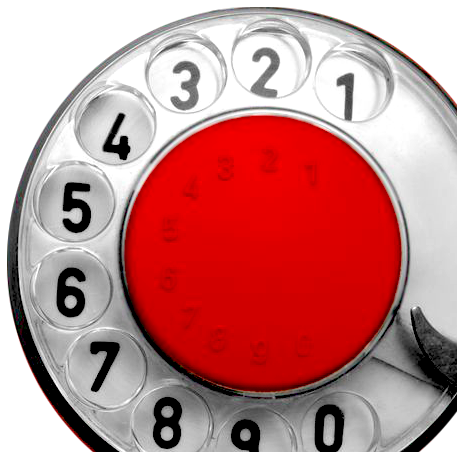Here’s the last post in this nonprofit case study on how small nonprofits can effectively balance growing demands and limited resources by working smarter, not harder. As a quick review, the first two steps involved staying mission-focused and inventorying your organization’s program offerings.
The third key step called for role clarification and communication. Each ABC Healthcare affiliate was increasingly recognized as an organization that “made things happen and got things done.” As a result, other groups’ expectations were becoming unrealistic in looking to ABC Healthcare to do everything – providing funding, leadership, and manpower. The affiliates needed to better manage these expectations.
Step 3. Clarify and communicate your organization’s role
To do this, they assessed their participation in regional activities – from program development and implementation to assisting with other groups’ programs to serving on community committees. They recognized they played a number of roles (based on their mission and operation) that they labeled as: “advocate,” “catalyst,” “connector,” “do-er,” and “facilitator.”
The resulting discussion helped staff identify which role was most appropriate for certain situations instead of being all things to all people. When someone came to ABC Healthcare with a request for money and/or manpower, staff clarified “up front” their limited resources and the specific role the organization was willing to play. As a result, the affiliates learned how to better manage expectations within their communities.
An ongoing challenge
Coping with success involves a delicate balance of mission, need, and resources. To maintain equilibrium, nonprofit leaders need to continually ask hard questions: What are our mission and purpose? What programs and activities do we need to offer, maintain, or give up to fulfill our mission? What is our role in the community we serve? Should we change that role, given our capabilities and resources?
The answers may be as difficult as the questions themselves. But the results, as ABC Healthcare has learned, are worthwhile. Those who don’t engage in these critical discussions are at serious risk for fragmented focus and staff burnout.





